Synthetics are a great way to really break out the big numbers once in a while. We’ll see later how well that works in real-world application benchmarks. So I’ll start with CrystalDiskMark and four different file sizes. The SSDs were not new at the time of the test (I always do these tests at the end for certain reasons) and I also had fill levels of plenty of 50% before deleting the data several times. That certainly explains why you’re a little short of the maximum, but still have impressive numbers to show for it. Hence, I’m sure, the wording with the “up to”.
You can see very well that the dynamic pSLC does exactly what it is supposed to, mind you with an empty (though not virgin) SSD. The nice thing about the 2 TB SSD is that there is a lot of space left and therefore you should never fill it more than 2/3 with data. A higher workload does not affect reading, only when writing the dynamic SLC will certainly reach its limits at some point. And if you do it over and over again, switching memory modules between the two methods will eventually become impossible as well.
ATTO works very similarly, although I only work with two sizes here, which ends up being the same. The limit of 7000 MB/s is only just missed, but it is still enough for an impressive result.
But what happens when you stream a video? For this purpose, the industry uses the AJA benchmark, which is in effect an interface between synthetic benchmarks and practical application. The Spatium M480 doesn’t fluff here either, even though it already deviates a bit from the theoretical write and read rates. Let’s first look at the writing process of the encoded video content.
| Resolution: | 4K RED HD |
| File Size: | 64 GB |
| Codec : | 16bit RGBA |
| Video file: | Movie |
| Number of frames | 1035 |
| Write rate | 98 frames/second |
| Write rate | 6206 MB/second |
| Minimum rate | 3188 MB/Sec |
| Maximum rate | 6447 MB/Sec |
Reading is also quite fast, although you won’t reach the theoretically possible speed here either. Almost:
| Number of frames | 1035 |
| Write rate | 97 frames/second |
| Write rate | 6185 MB/second |
| Minimum rate | 5987 MB/Sec |
| Maximum rate | 6317 MB/Sec |
We see that the comments made on the previous page about the dynamic pSLC cache and the behavior with the larger file blocks are completely true. Smaller file movements would be even faster if you leave out the overhead of the file system.
















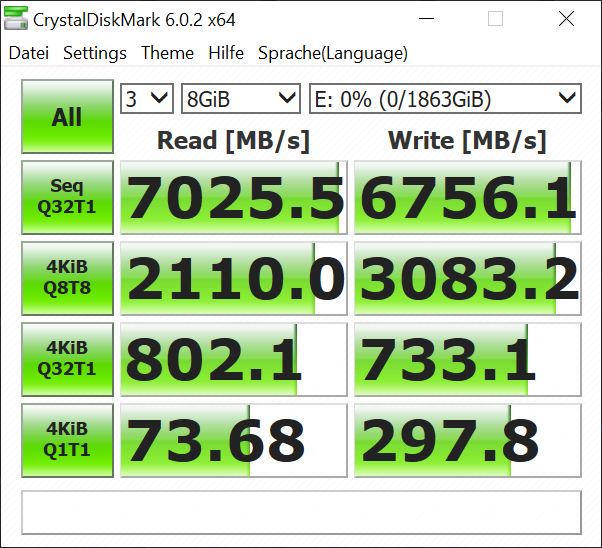
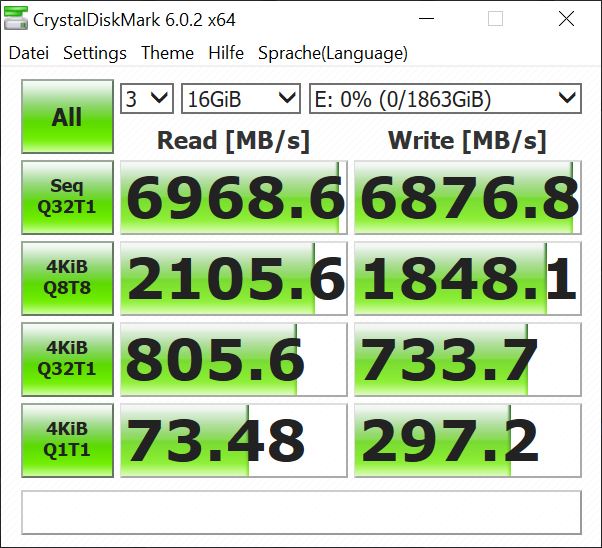
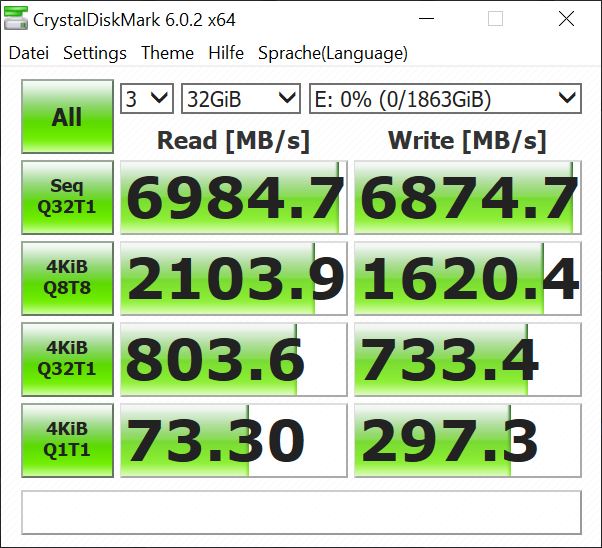
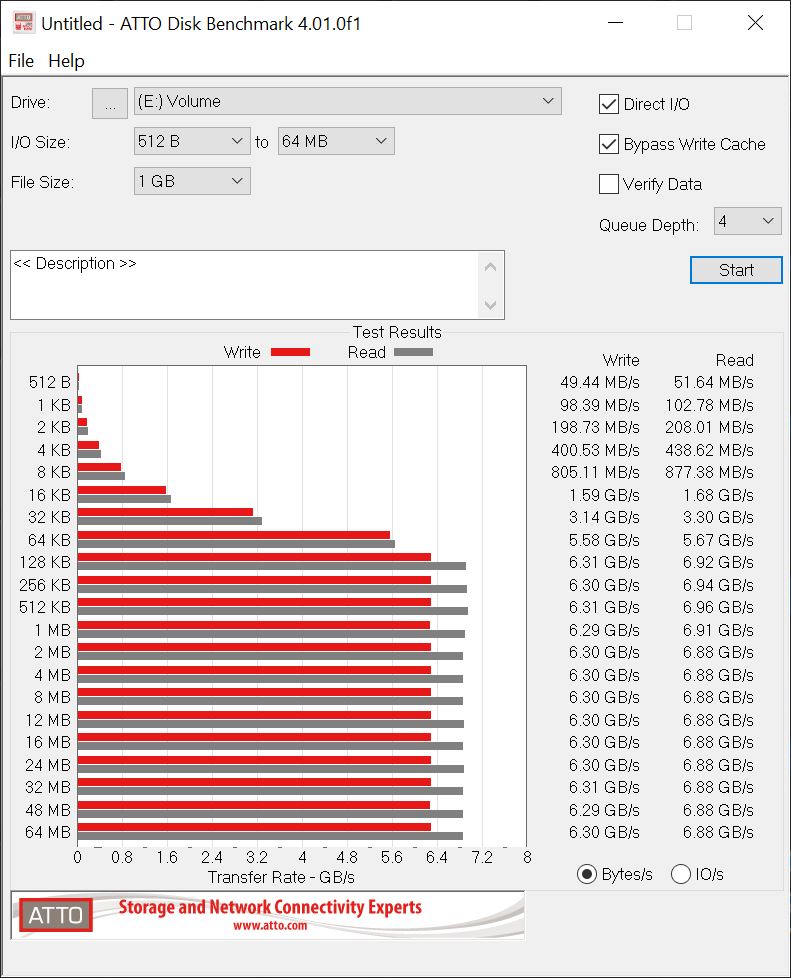
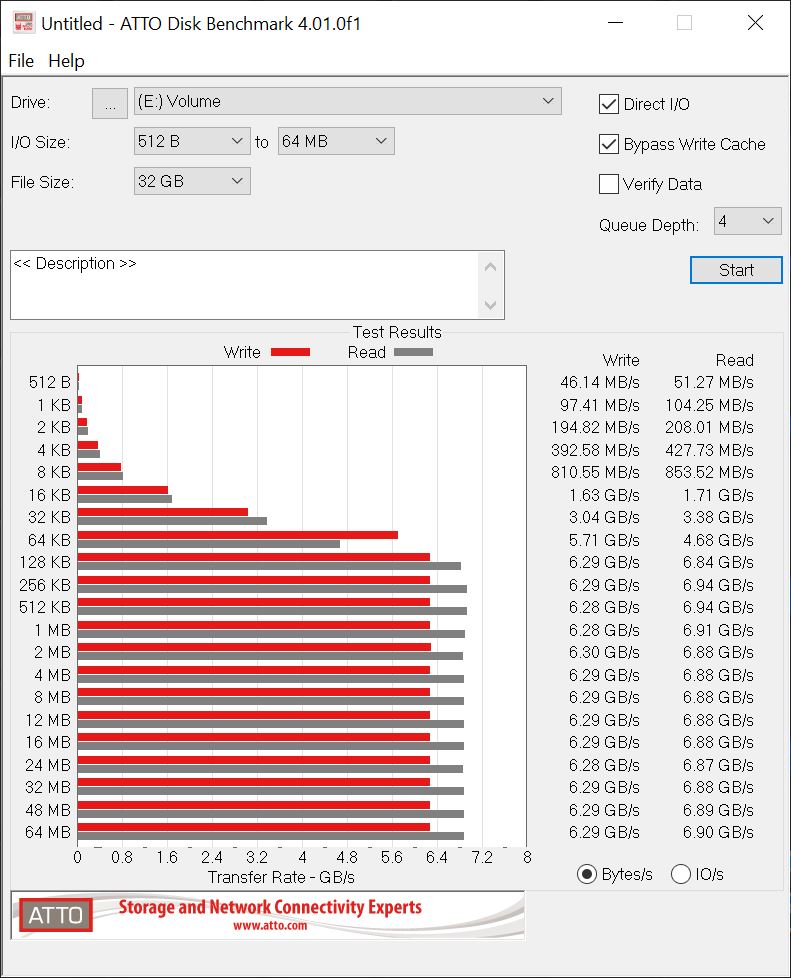
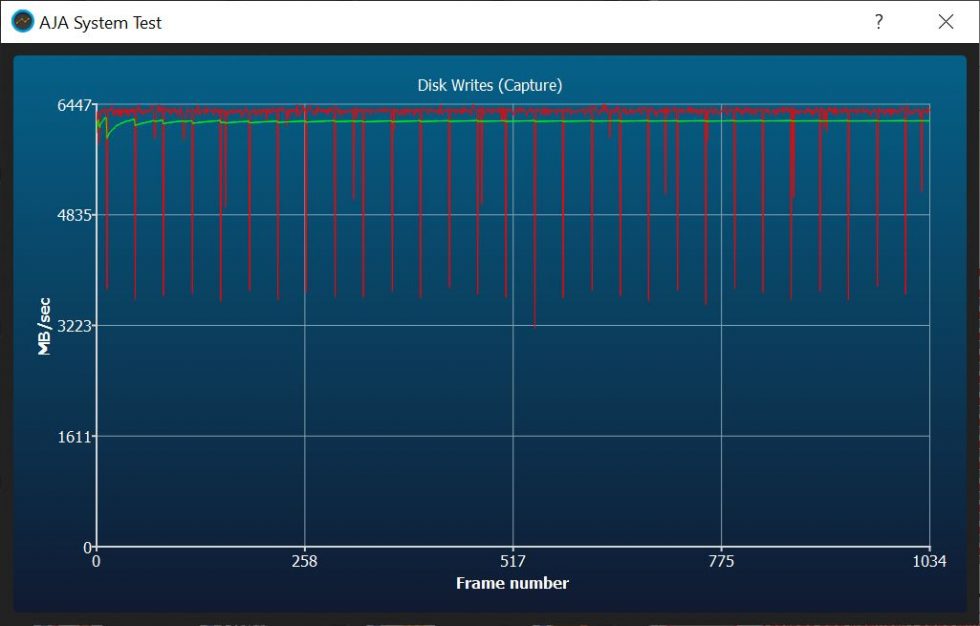
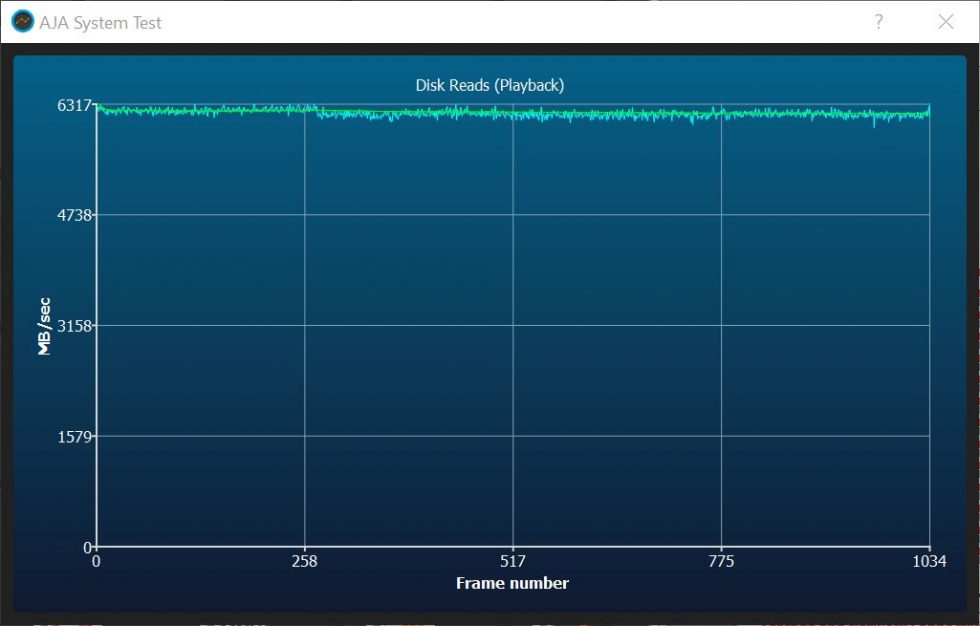


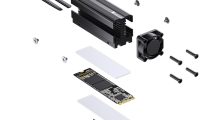
















15 Antworten
Kommentar
Lade neue Kommentare
Veteran
Urgestein
Urgestein
Urgestein
Urgestein
Urgestein
Urgestein
1
Urgestein
Mitglied
1
Mitglied
1
Urgestein
Veteran
Alle Kommentare lesen unter igor´sLAB Community →